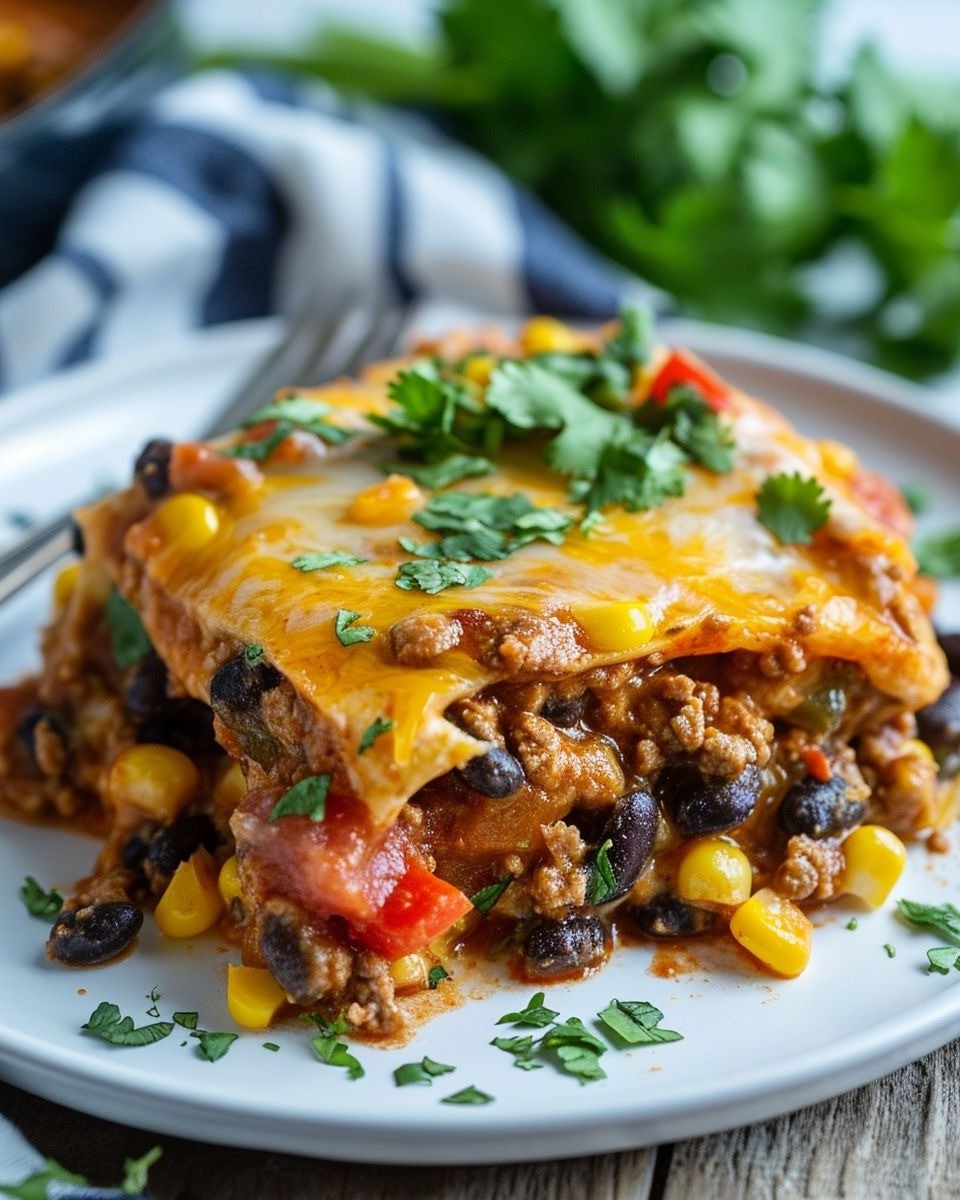CINNAMON CREAM CHEESE COOKIES

ADVERTISEMENT
CINNAMON CREAM CHEESE COOKIES
I can never stand up to attempting a modern cookie formula, but today’s treat was an completely no-brainer, must-try treat for me. Cinnamon Cream Cheese Treats. Two of my favorite fixings in one charming small cookie.
INGREDIENTS
½ glass butter (1 adhere), room temperature
4 oz cream cheese (½ piece), room temperature
1 ½ glasses powdered sugar
1 egg
1 ½ teaspoon vanilla extract
1 3/4 container flour
¾ teaspoons heating powder
½ teaspoon salt
¼ container sugar
1 tablespoon cinnamon
How To Create Cinnamon Cream Cheese Cookies
In a huge bowl, combine butter and cream cheese and beat until light and smooth. Blend in powdered sugar until completely combined.
ADVERTISEMENT
Add in egg and vanilla and blend until smooth.
In a little bowl, filter together flour, heating powder, and salt. Gradually join the dry fixings into the wet.
Cover bowl and chill batter within the cooler for a least of 60 minutes.
When prepared to heat, preheat broiler to 375 degrees F and line a preparing sheet with material paper.
Sift together sugar and cinnamon in a little bowl.
Scoop and roll mixture into balls almost 1 inch in distance across and after that roll all sides in cinnamon mixture.
Arrange on preparing sheet a handful inches separated (as they will spread).
Bake for 8-10 minutes.
ADVERTISEMENT




